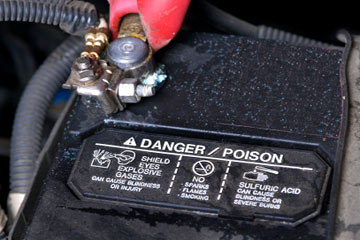The essential contrast between 2-stroke and 4-stroke motors is that 4-stroke motors have four cycles for moving consumed/unburned blends as opposed to just two. 2-stroke motors are commonly exceptionally basic and light weight. Along these lines, they are regularly utilized rather than 4-stroke motors in handheld power hardware. 2-stroke motors have not very many working parts and require almost no support along these lines. They are significantly less expensive to produce than 4-stroke motors. They don’t have valves or indicated grease frameworks.
Fundamental Components:
- Cylinder
- Start Plug
- Burning Chamber
- Crankshaft
- Associating Rod
- Admission Valve
- Debilitate Valve
- Chamber Head
How it Works:
- An exact blend of fuel and air is made in the carburetor
- The fuel and air blend is brought into the primary chamber and packed (pressure stroke)
- The start plug fires at most extreme pressure which causes a blast that drives the cylinder downwards (control stroke)
- At the point when the cylinder is nearing the finish of its stroke, the fumes port is revealed (control stroke)
- The weight in the barrel drives the greater part of the fumes gasses out of the chamber through the fumes port (power stroke)
- As the cylinder arrives in a desperate predicament, the admission port is revealed and more fuel and air and maneuverer into the primary barrel to rehash the procedure (pressure stroke)
If you are looking for small engine repair services in Ottawa, mobile car battery boosting, lawn mower and lawn tractor repairs and tune-ups, or snow blower repairs then give us a call to book your mobile small engine repair today. We fix, repair, and tune-up small engines such as lawn mowers and snow



